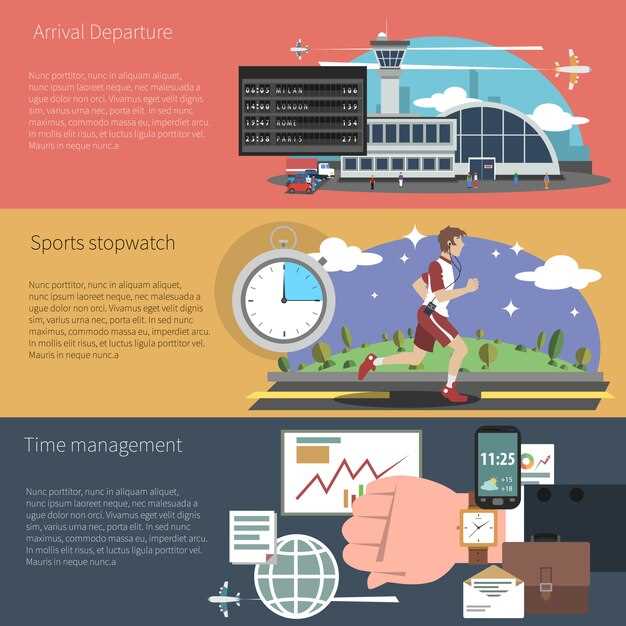
How Aero Affects Lap Times
- George Harris
- 0
- Posted on

Aerodynamics plays a crucial role in determining the performance of racing vehicles on the track. The interaction between a car’s shape and the surrounding air affects not only its speed but also its stability and handling characteristics. Understanding these aerodynamic principles can provide teams with the competitive edge necessary to improve lap times and overall race performance.
In racing, reducing drag is essential for maximizing straight-line speed. A streamlined design minimizes the resistance encountered as a vehicle moves at high velocities. Conversely, generating downforce is vital for maintaining grip in corners. The balance of these aerodynamic forces greatly influences a car’s ability to navigate turns while maintaining high speeds. Therefore, engineers must meticulously design body shapes, wings, and spoilers to achieve optimal performance on diverse track layouts.
Moreover, advancements in computational fluid dynamics (CFD) have transformed the way teams analyze and implement aerodynamic strategies. Through simulations, teams can test various designs and make data-driven decisions to enhance performance without the need for extensive physical prototypes. This technology allows for rapid iteration and adaptation to changing race conditions, giving teams a significant advantage in the highly competitive racing environment.
Understanding Drag and Its Effect on Top Speed
Drag is a significant aerodynamic force that opposes the forward motion of a racing vehicle. It arises from the interaction of the vehicle with the air as it travels at high speeds. Two primary types of drag can be identified: parasite drag and induced drag. Parasite drag includes both form drag and skin friction, while induced drag is associated with the generation of lift during high-speed maneuvers.
As a vehicle accelerates, the amount of drag increases exponentially, primarily due to the air pressure and density around it. This means that as speed increases, the energy required to overcome drag grows significantly. For racers, understanding this relationship is crucial for optimizing performance on the track. Reducing drag can directly enhance top speed, allowing competitors to achieve faster lap times.
Aerodynamic design plays a pivotal role in minimizing drag. Features such as streamlined shapes, front spoilers, and rear diffusers help to control airflow around the car, reducing turbulence and creating a smoother passage through the air. The overall goal is to achieve low aerodynamic drag coefficient (Cd), which quantifies how well a vehicle can move through the air. A lower Cd translates into less resistance and higher potential speeds.
Vehicle setup also influences drag. Adjustments such as altering ride height, utilizing wings for downforce, or installing low-drag tires can collectively impact the overall drag profile of the car. Each modification should be considered in relation to both drag reduction and the car’s handling characteristics to ensure a balanced performance.
Optimal racing strategies often involve a delicate balancing act between drag and downforce. While downforce enhances grip, increasing cornering speeds, it may inadvertently elevate drag levels. Therefore, finding the ideal configuration is vital to maximize both straight-line speed and cornering efficiency.
In conclusion, drag is a critical factor in achieving top speed in racing. Understanding its mechanics allows engineers and drivers to develop strategies aimed at minimizing its effects, ultimately leading to improved performance on the track.
Optimizing Downforce for Better Cornering Stability

Downforce plays a crucial role in a racing car’s ability to navigate corners at high speeds. By increasing the vertical load on the tires, downforce enhances grip, allowing for better cornering performance. The primary objective of optimizing downforce is to strike a balance between aerodynamic efficiency and mechanical grip.
To achieve optimal downforce, engineers employ various aerodynamic components, including front and rear wings, diffusers, and side skirts. Each of these elements contributes to the overall aerodynamic profile of the car. The design and angle of attack of the wings are particularly important; adjustments can significantly alter the balance of downforce between the front and rear axles. A front-biased setup can improve turn-in response, while a rear-biased configuration can enhance stability during high-speed cornering.
Computational Fluid Dynamics (CFD) simulations and wind tunnel testing are essential tools in the optimization process. These technologies allow teams to visualize airflow over the car’s surface and identify areas where downforce can be increased without introducing excessive drag. By iteratively refining these designs, teams can achieve a more effective aerodynamic balance that translates into faster lap times.
Furthermore, the impact of tire characteristics cannot be overlooked. Different compounds exhibit varying levels of grip that interact with the downforce generated. Finding the right tire and downforce combination for specific track conditions–such as temperature, surface type, and weather–can drastically improve cornering stability.
Additionally, engineers must consider weight distribution and suspension geometry. A well-balanced car with correct suspension settings can maximize the effectiveness of downforce. Ride height adjustments also play a significant role; lowering the car can enhance ground effect, thereby improving downforce but also requires careful calibration to maintain suspension travel and prevent bottoming out during bumps.
In summary, optimizing downforce involves a multi-faceted approach that incorporates aerodynamic design, tire selection, weight distribution, and suspension tuning. When executed effectively, these elements create a vehicle capable of maximized cornering stability, enabling drivers to maintain higher speeds through turns and ultimately improving overall lap time performance.
Balancing Aerodynamic Design for Various Track Conditions

Aerodynamics plays a critical role in defining the performance of racing vehicles, particularly in terms of lap time efficiency. The dynamic nature of racing tracks necessitates a versatile approach to aerodynamic design that can adapt to varying conditions encountered throughout a race event. This adaptability is essential for optimizing downforce and minimizing drag, which are paramount for achieving competitive lap times.
Different track layouts, whether they are tight and technical or high-speed circuits, require distinct aerodynamic setups. On circuits with numerous corners, such as street courses, maximizing downforce is crucial. Increased downforce enhances cornering stability and allows for higher speeds through turns. This often involves the use of wings and other body modifications to direct airflow in ways that augment grip without excessively increasing drag. Car designers must balance this downforce with the need for straight-line speed, especially in sections of the track where overtaking opportunities arise.
Conversely, at high-speed tracks like superspeedways, the focus shifts toward minimizing drag. In such environments, a streamlined aerodynamic profile is vital for achieving maximum velocity. Wings may be adjusted or removed to reduce drag, and the vehicle’s ride height may be lowered to minimize air resistance. Moreover, effective airflow management is essential to ensure that cooling systems function without compromising the aerodynamic efficiency.
Track conditions such as weather can further complicate aerodynamic optimization. Wet or damp surfaces may require a shift in focus toward downforce to maintain traction, while dry conditions might favor a low-drag setup for improved speed. Race teams must be adept at interpreting real-time data and making quick adjustments to their aerodynamic configurations to suit these changing conditions.
Another critical aspect of balancing aerodynamic design is the driver’s feedback and preference. Each driver has a unique style and comfort level, which can significantly influence the vehicle’s performance. An optimal aerodynamic setup must take into account these personal considerations to maximize a driver’s confidence in handling the car, thus translating into better lap times.
In conclusion, an effective aerodynamic design must consider diverse track conditions to enhance racing performance. From adjusting downforce levels to minimizing drag, a comprehensive strategy that encompasses both vehicle dynamics and driver input is essential. Race teams must remain agile and responsive to the evolving environment of the racetrack to optimize their aerodynamic setups effectively, aiming for the delicate balance that leads to improved lap times and competitive success.
